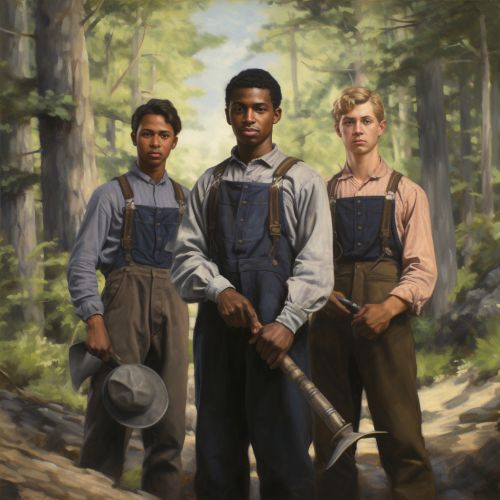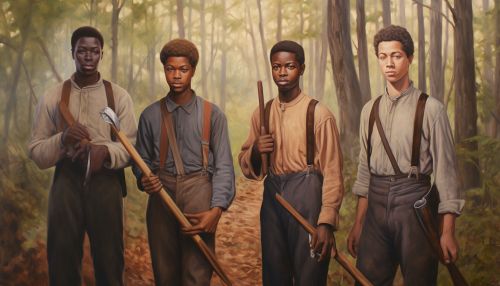Civilian Conservation Corps
Origins and Establishment
The Civilian Conservation Corps (CCC) was a public work relief program that operated from 1933 to 1942 in the United States for unemployed, unmarried men. The program was part of the New Deal policies introduced by President Franklin D. Roosevelt in response to the Great Depression. The CCC was designed to provide jobs for young men and to relieve families who had difficulty finding jobs during the Great Depression.


Objectives and Implementation
The CCC was a major part of President Roosevelt's New Deal that provided manual labor jobs related to the conservation and development of natural resources in rural lands owned by federal, state, and local governments. The CCC was designed to provide employment and vocational training for youth while also contributing to the conservation of the nation's natural resources. The program was divided into two major parts: the employment and training of men, and the conservation of natural resources.
Impact on Conservation
The CCC led to a greater public awareness and appreciation of the outdoors and the nation's natural resources, and the continued need for a carefully planned, comprehensive national program for the protection and development of natural resources. During its nine years of operation, the CCC planted nearly 3 billion trees to help reforest America, constructed trails, lodges, and related facilities in more than 800 parks nationwide, upgraded most state parks, updated forest fire fighting methods, and built a network of service buildings and public roadways in remote areas.
Legacy
The CCC marked a turning point in national conservation policy by demonstrating that sustainable use of natural resources could be compatible with their preservation for future generations. Although the program ended with the onset of World War II, its legacy continues to influence federal conservation policy and inspire environmental stewardship.
